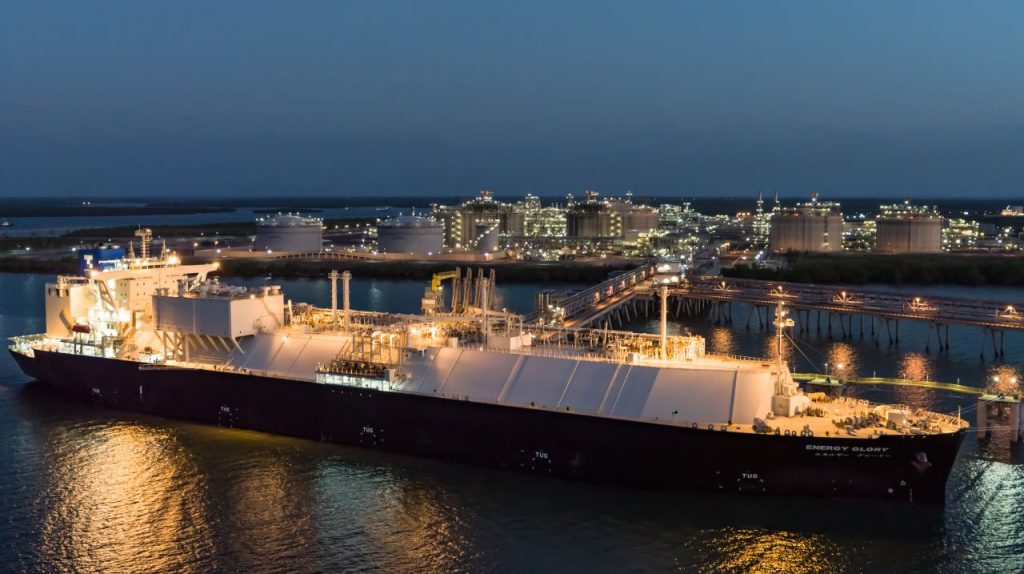Japan’s Inpex has signed a deal with the government of Australia’s Northern Territory to create a multi-user carbon capture and storage hub, as part of its plans to reduce emissions from its Ichthys LNG export project.
The creation of the hub is one of five business targets outlined in a statement of commitment to a net zero emissions future.
Inpex and and the government of Northern Territory signed the non-binding statement on Thursday, according to a press release by the Japanese firm.
The operator of the 8.9 mtpa LNG plant at Bladin Point near Darwin is working on reducing emissions from the development.
It has earlier this year confirmed in its long-term strategy for net zero emissions that it aims to introduce CCS to Ichthys in the late-2020s and begin injecting 2 million tons or more of CO₂ per year as a first step.
The deal with the government of Northern Territory includes creating a “multi-user carbon capture and storage hub at the Middle Arm Sustainable Development Precinct, which includes Bladin Point, acknowledging Inpex’s strong intention to lead the project as an operator,” the firm said.
Besides the hub, Inpex plans to increase LNG production capacity and expand the onshore production facilities at Bladin Point on the outskirts of Darwin, it said.
Moreover, Inpex aims to increase “stable and clean energy supply and security” for the Asia/Oceania region, and establish renewable energy targets, technology, and electrification as well as nature-based solutions to support a net zero society by 2050, the statement said.
The Ichthys export project shipped 117 LNG cargoes in 2021, down by five cargoes when compared to the year before.
Natural gas arrives in Darwin from the giant Ichthys field offshore Western Australia via an 890-kilometer export pipeline.
Ichthys LNG is a joint venture between operator Inpex and major partner France’s TotalEnergies.
Other partners include Australian units of CPC Corporation Taiwan, Tokyo Gas, Osaka Gas, Kansai Electric Power, JERA and Toho Gas.

